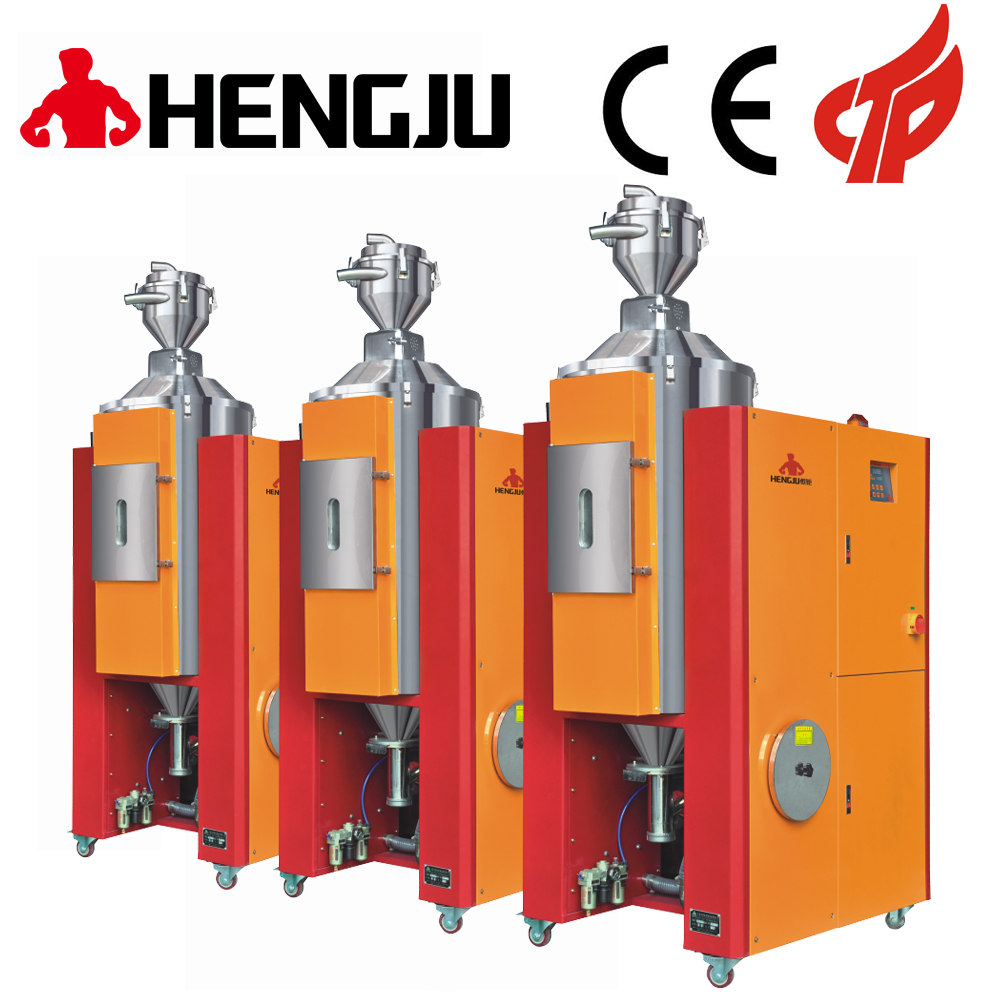PET
PET (scientific name: polyethylene terephthalate) is called polyester in Chinese, also called polyester. It has excellent gas barrier properties, pressure resistance, impact resistance, transparency and surface gloss. It is odorless and aroma-preserving, safe in food hygiene, beautiful and easy to shape, and has been widely used in food containers.
PET is a crystalline resin with a specific gravity of about 1.4kg/L, a melting point of 245°C, and a molding temperature of about 290-315°C. The particle bulk density is 0.8~0.85kg/L, and the sheet bulk density is 0.38~0.4kg/L.
The main uses of PET are in the fields of synthetic fibers, PET bottles and film sheets. In recent years, with the economic development, people’s awareness of environmental protection has increased. As a packaging material, PET sheets are replacing PVC packaging materials that are difficult to recycle. The aspect shows good development potential.
Drying temperature

Because PET is highly hygroscopic, drying before processing is necessary. The recommended drying condition is 120~165℃, 4~6 hours drying treatment. If it is a sheet extrusion line, the moisture content after drying should be less than 200ppm; if it is a preform production line, it should be less than 50 ppm after drying; conventional spinning is less than 50ppm, and high-speed spinning is less than 35ppm.
temperature
Generally, the higher the drying temperature, the higher the drying rate; the shorter the drying time, the lower the moisture content of the raw material after drying. The drying temperature of the stirred crystallizer is usually between 120~160℃. Dehumidification and drying temperature is between 160~180℃.
time The crystallization time is 1 to 2 hours, and the crystallization time is inversely proportional to the pre-crystallization temperature.
The drying time is 4-6 hours to make the water content of PET approach or reach the equilibrium water content; the drying time is related to the drying temperature, vacuum degree, and moisture content of the dry air.
|
 +8613669807274
+8613669807274
 +8613669807274
+8613669807274 wto-btb@wto-btb.com
wto-btb@wto-btb.com Tel: +8613669807274
Tel: +8613669807274 SMS: +8613669807274
SMS: +8613669807274